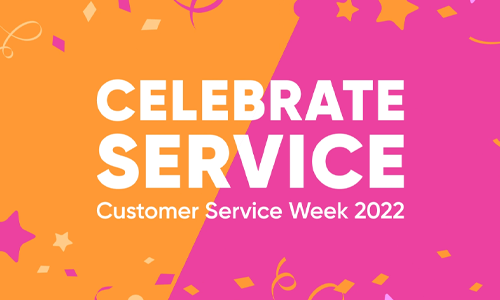The number of social channels has grown so much recently that most everyone looks for some feedback, criticism, advice, or praise before every purchase. It’s amazing that even a customer’s experience eating a hamburger at a fast food restaurant can get someone to share what they thought of it.
 So, what does that mean for companies that have made sizable investments in collecting feedback from their customers? Traditional channels such as IVR, email, chat, and websites collect ratings based on questions about a customer’s interaction or purchase. Newer channels are using mobile devices to collect information through SMS and mobile apps, along with social media sites such as Facebook, Yelp, and TripAdvisor.
So, what does that mean for companies that have made sizable investments in collecting feedback from their customers? Traditional channels such as IVR, email, chat, and websites collect ratings based on questions about a customer’s interaction or purchase. Newer channels are using mobile devices to collect information through SMS and mobile apps, along with social media sites such as Facebook, Yelp, and TripAdvisor. As the variety of channels used for surveys continues to grow, so does the complexity to collect and understand what is being said about a company’s brand. Companies need to define how they will gather feedback, decide how to close the loop with a customer, and determine a data collection strategy that can help define business changes that can be leveraged to improve experiences.
Another interesting component when surveying customers is the type of feedback that’s provided. This is especially true when engaging customers about rating an interaction completed by an employee. Customers recognize many attributes about an interaction and an employee that can be fairly predictable. For instance, the question “Did the resolution of the interaction meet or exceed the customer expectation?” can result in feedback that is both positive and negative based on the context of the answer and how the message was delivered.
The expectation of each customer is to fully resolve whatever issue he or she reached out to a company to solve. Consequently, the outcomes from these interactions are primarily dictated by process and procedures set up by the company. This is often shaped by whether employees are empowered to resolve a customer’s issue on their own. Meanwhile, how the message is delivered and the tone that’s used is also very important to customers. Along with being courteous, employees must exhibit behaviors that portray expertise and efficiency. If a customer questions what is shared with them, the customers will also question the integrity of the resolution, even the right one.
Survey strategies need to be built on pre-defined goals and anticipated outcomes. The purpose of a customer survey is not only to collect feedback but also to act on the feedback to improve the customer experience. A principal goal of survey design is to determine whether customer expectations are being met and how to get to the root cause if they aren’t.
The outcomes are specific actions that are meant to address customer needs and to deliver better experiences. Here are a few tips to help improve your survey strategy and improve the impact from polling customers:
- Set up a data collection strategy that tracks the root cause over time.
- Separate the process root causes from the employee delivery.
- Use survey feedback to enhance employee coaching and development.
- Quantify improvements with the associated ROI. Not just in terms of improvements to customer satisfaction ratings, but also in monetary amounts.
TTEC is creating and managing VoC surveys for its clients and has a proven methodology for data analytics, survey deployment and governance, closed-loop techniques, and improving ROI. The outcome-based methodology takes an extremely complex environment of customer feedback and makes it easy for decision-makers to visualize customer impacts and improvements.
Like this? Subscribe to our customer experience blog here.
Also, check out the most recent issue of our monthly eNewsletter, Dialogue.







